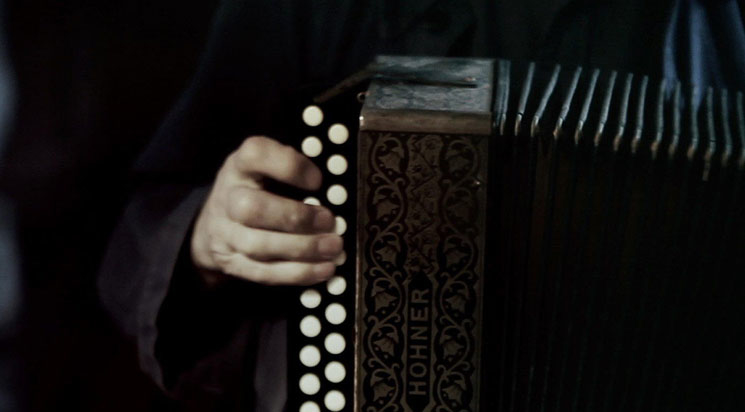-
JEU 21 MARS 2019 À 20:30
I Had Nowhere To Go
de Douglas Gordon
Fabriquer le cinéma
100 min l Cinéma Numérique 2K
À propos du film
Raconter l’histoire de Mekas, le fondateur de l’Anthology Film Archives à New York, c’est réfléchir sur l’histoire du cinéma d’avant-garde – dont Mekas est une figure clé – et confronter aux impératifs de ce cinéma les propres décisions esthétiques de Gordon : refus de la narration linéaire, de la correspondance constante entre image et son, ainsi que de la censure du noir entre les photogrammes. […] Du point de vue historique, les extraits de journaux intimes lus dans le film nous décrivent la vie de Mekas adolescent lors de l’occupation de la Lituanie durant la Seconde Guerre mondiale. En se concentrant sur des souvenirs de la guerre racontés par un narrateur invisible, l’oeuvre de Gordon soulève la question de la possibilité (ou de l’impossibilité) de représenter cette catastrophe que fut la guerre, tout en s’inscrivant dans le débat cinématographique initié par Shoah de Claude Lanzmann (réalisé en 1985), qui privilégiait l’utilisation de témoignages oraux. […] Après Zidane : un portrait du 21e siècle (co-réalisé avec Philippe Parreno), I Had Nowhere To Go voit Gordon s’affirmer en tant que portraitiste novateur, voire iconoclaste. Cependant, alors que Zidane déconstruisait le personnage par le biais de l’hyper-visibilité, ce portrait cinématographique y parvient par une forme de sous-visibilité, en masquant les apparitions à l’écran, mais également en questionnant le sens de l’identité et de l’intégrité chez le spectateur : les différences entre histoire et phénoménologie, entre individualité et altérité, s’estompent alors.
–Ory Dessau (www.documenta14.de)
Telling the story of Mekas, the founder of Anthology Film Archives, in New York, means to reflect on the history of avant-garde cinema in which Mekas is a key figure, and introduce Gordon’s own aesthetic decisions to its imperatives – the rejection of linear narrative, persistent sound/image correspondence, suppressing the darkness that lies between the frames. As such, the work reflects the historical position of Gordon’s own oeuvre. [...] In historical terms, the diaristic passages read in the film describe Mekas’s life as a teenager in occupied Lithuania during World War II. Focusing on the memory of the war as told by a bodiless voice enables Gordon’s work to raise the question regarding the (un)representability of the catastrophe of the war, and furthermore, to participate in the cinematic discussion initiated by Claude Lanzmann’s 1985 film Shoah, which avoided using archival images of World War II in favor of spoken testimonies. [...] Following Gordon’s (and Philippe Parreno’s) Zidane: A 21st Century Portrait (2006), I Had Nowhere to Go also continues the artist’s practice as an innovative, and to some extent iconoclastic, portraitist. Yet, while Zidane dismantled the persona by means of over-visibility, Gordon’s current film portrait does so by means of under-visibility, which not only obscures appearance on the screen but also questions the viewer’s sense of self and integrity, rendering the differences between history and phenomenology, selfhood and otherness, indiscernible.
–Ory Dessau (www.documenta14.de)
Précédé d'un temps de parole: 20 min











